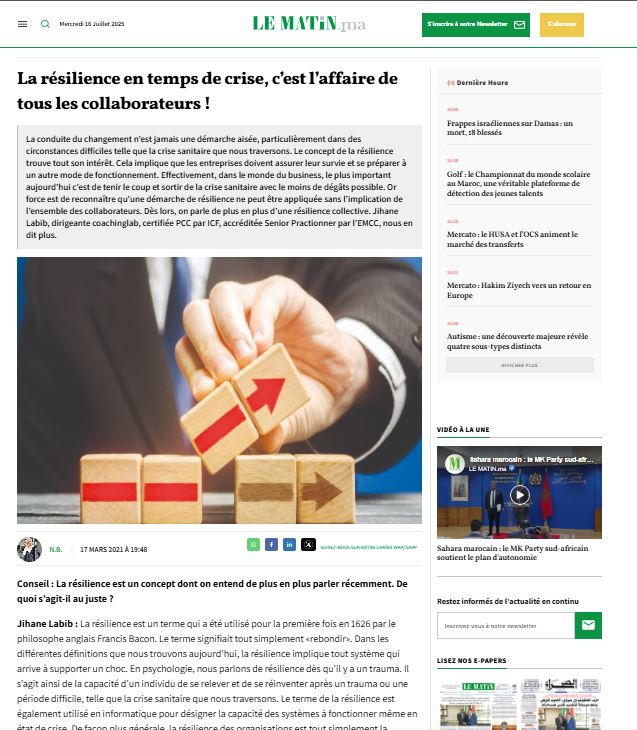Changemanagement is never easy—especially in the midst of a globalcrisis. The COVID-19 pandemic has pushed organizations into survival mode,demanding not only operational adjustments but also emotional and culturalresilience.
Asbusinesses strive to weather the storm with minimal damage, one truth becomesincreasingly clear: resilience is not just a leadership skill—it’s acollective effort. Everyone in the organization, from top executives tofrontline teams, must play their part.
What IsResilience Really?
The termresilience was first coined in 1626 by English philosopher FrancisBacon, meaning simply “to rebound.” Today, it refers to a system'sability to absorb shock and adapt—whether that system is a person, a team,or an organization.
Inpsychology, resilience is the ability to bounce back after trauma. In business,it’s about adapting to challenges such as:
- Health crises
- Economic downturns
- Technological disruptions
- Organizational transformations
Whetheryou’re adopting digital tools or revising your business model, resiliencebecomes the foundation for sustainable change in a world marked byvolatility and uncertainty.
Resilience: AProcess, Not a Destination
Accordingto Jihane Labib, resilience is a continuous process that integratesthree key elements:
- Recognizing the changing environment
- Embracing agility
- Adapting internal systems accordingly
Whenthese elements align, organizations can evolve, pivot, and perform—even intimes of chaos.
Thisadaptive capacity becomes critical during change initiatives. And while leadersmay be tempted to focus solely on strategy, it’s essential to involve allemployees—especially those resistant to change.
“Youcan’t drive change in isolation. To succeed, you must bring everyone on board,”says Labib.
KeyIngredients for Organizational Resilience
- A Clear and Evolving Vision
Leaders must redefine goals based on new realities—and communicate them clearly. - Transformation Across Internal Processes
From workflows to communication, every layer must be optimized for flexibility. - Trust in Human Capital
Employees should be empowered to brainstorm, problem-solve, and connect with external challenges creatively. - Collective Emotional Intelligence
Change evokes fear. Cultivating emotional awareness and empathy is essential to move beyond anxiety and tap into innovation. - Facing the Unknown with Courage
True resilience comes from confronting discomfort—and still taking action. This mindset reduces resistance and builds momentum.
WhatBlocks Resilience?
- Assuming Past Strategies Will Always Work
Every crisis is unique. Copy-pasting old solutions only delays adaptation. - Fear of Change
Even the best-designed systems fail when collective fear dominates. Emotional resistance must be addressed head-on.
Bridging the Gap Between Resistance and Resilience
Shiftingtoward a resilient organizational culture is not a top-down process—itrequires:
- Individual self-reflection
- Professional coaching
- Collective dialogue
Eachperson must confront their personal doubts and fears, then come together tocreate solutions that move the whole team forward.
“Betweenfear and transformation lies a deep human journey—and it’s one we must walktogether,” concludes Labib.


